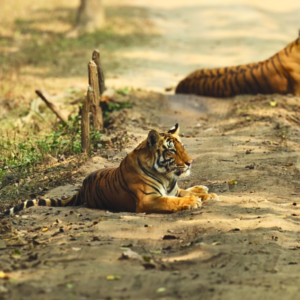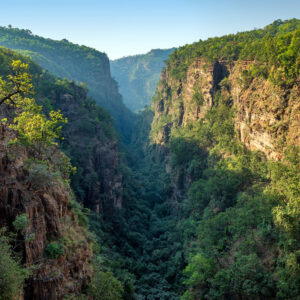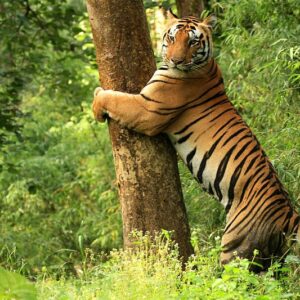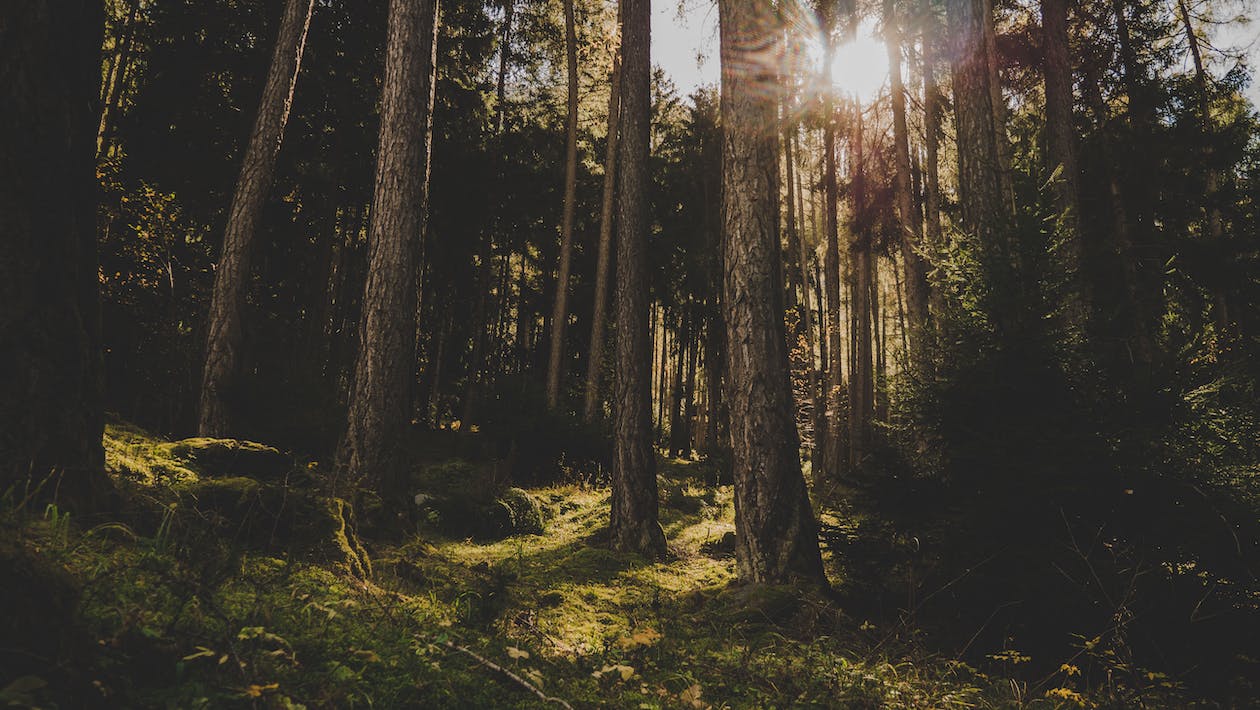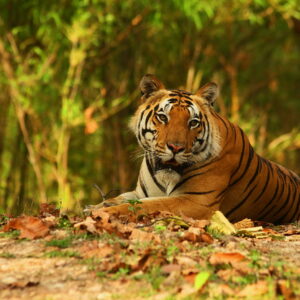The best time to visit Satpura National Park or Satpura Tiger Reserve, is during the winter and early summer months, which fall between October and April. This period is considered the peak season for tourism in the region due to the pleasant weather and optimal wildlife sightings. Here is a breakdown of the seasons and their characteristics:
Winter (October to February): Winter is the most popular time to visit Satpura National Park. The weather during this season is generally cool and pleasant, with temperatures ranging from 10°C to 25°C (50°F to 77°F). It is an ideal time for wildlife safaris and outdoor activities as the animals are more active, and vegetation is relatively sparse, making wildlife spotting easier. Migratory birds also visit the park during this time, adding to the avian diversity.
Spring (March to April): Spring marks the transition from winter to summer, and the weather starts to warm up. The temperatures can range from 15°C to 35°C (59°F to 95°F). The landscape is lush and vibrant with blooming flowers and foliage. While the weather is still favorable, the summer heat gradually starts to build up. It is a good time for wildlife enthusiasts who want to avoid the peak tourist season.
Summer (May to June): Summer in Satpura National Park is characterized by hot and dry weather. Temperatures can soar up to 40°C (104°F) during the day. It is not the most comfortable time to visit, but the scarcity of water sources can concentrate wildlife around watering holes, making it an opportune time for wildlife sightings. However, the heat and humidity may limit outdoor activities, and wildlife movements may be more restricted.
Monsoon (July to September): The monsoon season brings heavy rainfall to the region, and the park remains closed for visitors during this period. The terrain becomes slippery, and many roads and trails become impassable. The dense foliage also obstructs wildlife sightings, making it less favorable for tourism.
Satpura Tiger Reserve is a well-known wildlife sanctuary and tiger reserve located in the central Indian state of Madhya Pradesh. It is spread across the Satpura Range, which is part of the larger Satpura-Maikal landscape. The reserve covers an area of approximately 1,427 square kilometers (551 square miles) and was established in 1981.
Satpura Madhai National Park is known for its diverse flora and fauna, scenic landscapes, and rich biodiversity. It is home to several species of mammals, birds, reptiles, and amphibians. The reserve is particularly renowned for its tiger population and is an important habitat for the conservation of this endangered species.
The topography of Satpura Tiger Reserve is characterized by rugged hills, deep valleys, plateaus, and dense forests. It is intersected by the Satpura and Denwa rivers, which further enhance the natural beauty of the area. The reserve encompasses a variety of ecosystems, including moist deciduous forests, dry deciduous forests, and grasslands, providing a range of habitats for the resident wildlife.
Apart from tigers, Satpura Tiger Reserve is home to other notable wildlife species such as leopards, wild dogs, Indian bison (gaur), sloth bears, sambar deer, Indian giant squirrels, and a wide array of bird species including hornbills, peafowls, and flycatchers. The reserve also supports a diverse floral composition with a mix of teak, sal, bamboo, and other tree species.
Visitors to Satpura Tiger Reserve can explore the wilderness through various activities like jungle safaris, nature walks, and boating. Jeep safaris inside the Satpura Madhai National Park are a popular way to spot wildlife and experience the natural beauty of the reserve. Additionally, the reserve offers opportunities for trekking, camping, and birdwatching, making it a haven for nature enthusiasts and wildlife photographers.
It’s important to note that the information provided here is based on the knowledge available up until September 2021, and there may have been updates or changes to Satpura National Park since then. It is always recommended to check the latest information from official sources or local authorities before planning a visit.


